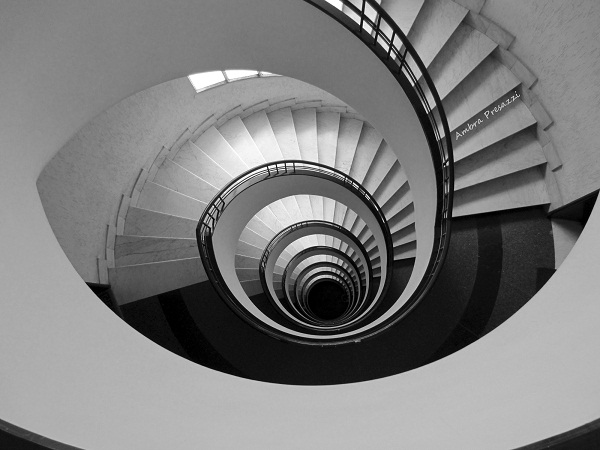Le parole dell'arte. Ovvero quando l'opera, da sola, non basta
DOI:
https://doi.org/10.13130/2240-9599/2659Abstract
This paper moves from those works of art that include the killing, the ill-treatment and the use of dead animals and therefore it starts from the artifacts whose status of art is difficult to understand in order to discuss the role and power of the theory in the art world. It considers in particular the philosophy of art of Arthur Danto to reflect on the necessity of the relationship between work and interpretation in contemporary art. If the current art has earned (hardly) the freedom from formal constraints, from the ethical and aesthetic standards that until the avant-garde art have regulated the activity of the artist, this art turns out to be, at the same time, a kind of art even more dependent from an exegesis, from an explanation and an interpretation that have to shed light on its meaning, its purpose, its intention. Yet if it is true that what makes something a work of art is its relationship with the context formed by the history and by theory of art and if it is true that an interpretation that is based on this type of knowledge allows a physical object to be seen as a work of art, it is also true that the frames that appeal to history tend not to clearly define the "distinctive characteristics" of art, leaving unresolved, in essence, the question posed by the problem of the recognition criteria.
Riferimenti bibliografici
AVITAL, Tsion, Art versus nonart. Art out of mind, Cambridge, Cambridge University Press, 2003.
CARROLL, Noël, Essence, expression, and history: Arthur Danto’s philosophy of art, in Danto and his critics, Oxford - Cambridge, Blackwell Publishers, 1993, pp. 79-106.
CURRIE, Gregory, An ontology of art, London, Macmillan, 1989.
DANTO, Arthur Coleman, Il mondo dell’arte, in BOLLINO, Fernando (a cura di), Estetica analitica/1, numero monografico di «Studi di Estetica», s. 3, 31 (27), 2003 (pubblicato nel 2007), 2 voll., vol. 1, pp. 65-86.
DANTO, Arthur Coleman, La trasfigurazione del banale, Roma-Bari, Laterza, 2008.
DANTO, Arthur Coleman, La destituzione filosofica dell’arte, Palermo, Aesthetica, 2008.
DANTO, Arthur Coleman, L’aboutness, in DI GIACOMO Giuseppe - ZAMBIANCHI Claudio (a cura di), Alle origini dell’opera d’arte contemporanea, Roma-Bari, Laterza, 2008, pp. 139-151.
DANTO, Arthur Coleman, L’abuso della bellezza. Da Kant alla Brillo Box, Milano, Postmedia, 2008.
DANTO, Arthur Coleman, Oltre il Brillo Box. Il mondo dell’arte dopo la fine della storia, Milano, Marinotti, 2010.
DAVIES, Stephen, Definitions of art, Ithaca, Cornell University Press, 1991.
DESIDERI, Fabrizio - MATTEUCCI, Giovanni (a cura di), Dall’oggetto estetico all’oggetto artistico, Firenze, Firenze University Press, 2006.
KINSELLA, Eileen, Rauschenberg eagle ruffles feathers, «ARTnews», January 5 (2012).
LIPPARD, Lucy - CHANDLER, John, La dematerializzazione dell’arte, in CELANT, Germano, Precronistoria 1966-69, Firenze, Centro Di, 1976, pp. 52-64.
ROSENBERG, Harold, L’oggetto ansioso, Milano, Bompiani, 1967.
ROSENBERG, Harold, Art and words, in BATTCOCK, Gregory (ed.), Idea art, New York, E.P. Dutton and Co., 1973.
ROSENBERG, Harold, La s-definizione dell’arte, Milano, Feltrinelli, 1975.
TILGHMAN, Benjamin R., But is it art?, Oxford, Blackwell, 1984.
WARBURTON, Nigel, La questione dell’arte, Torino, Einaudi, 2004.



